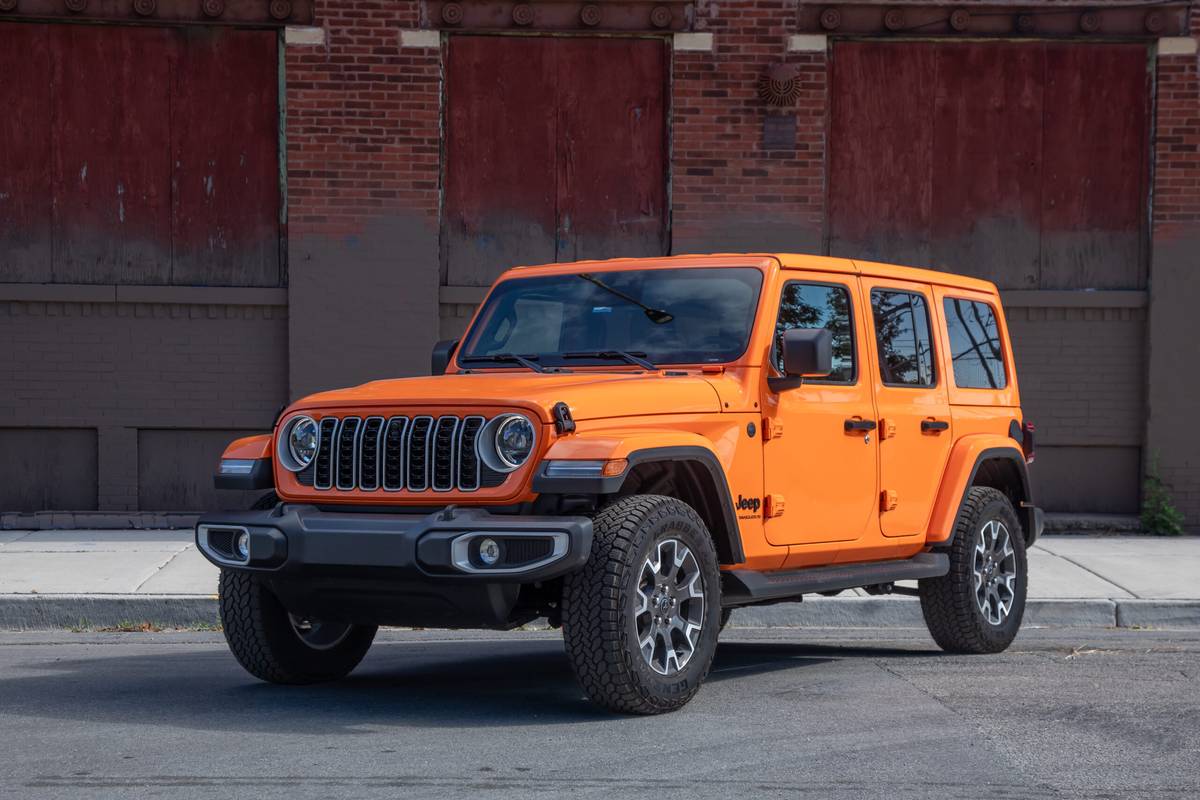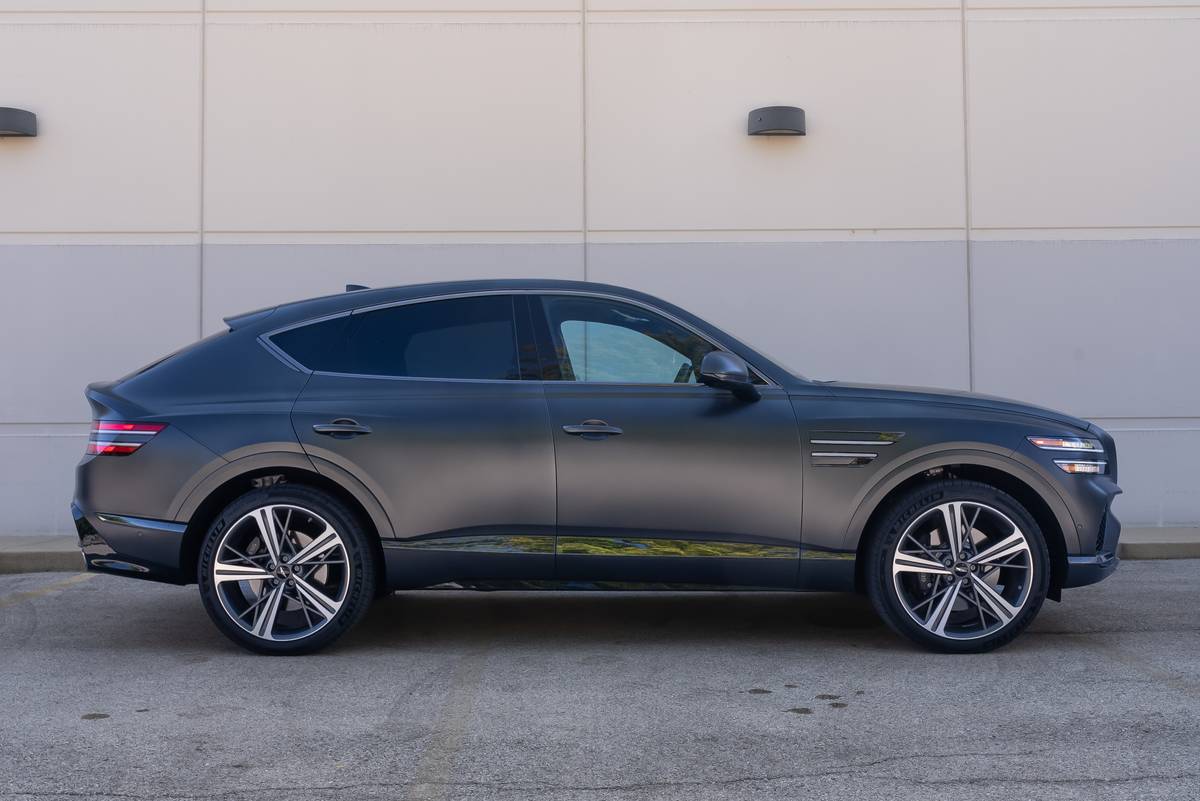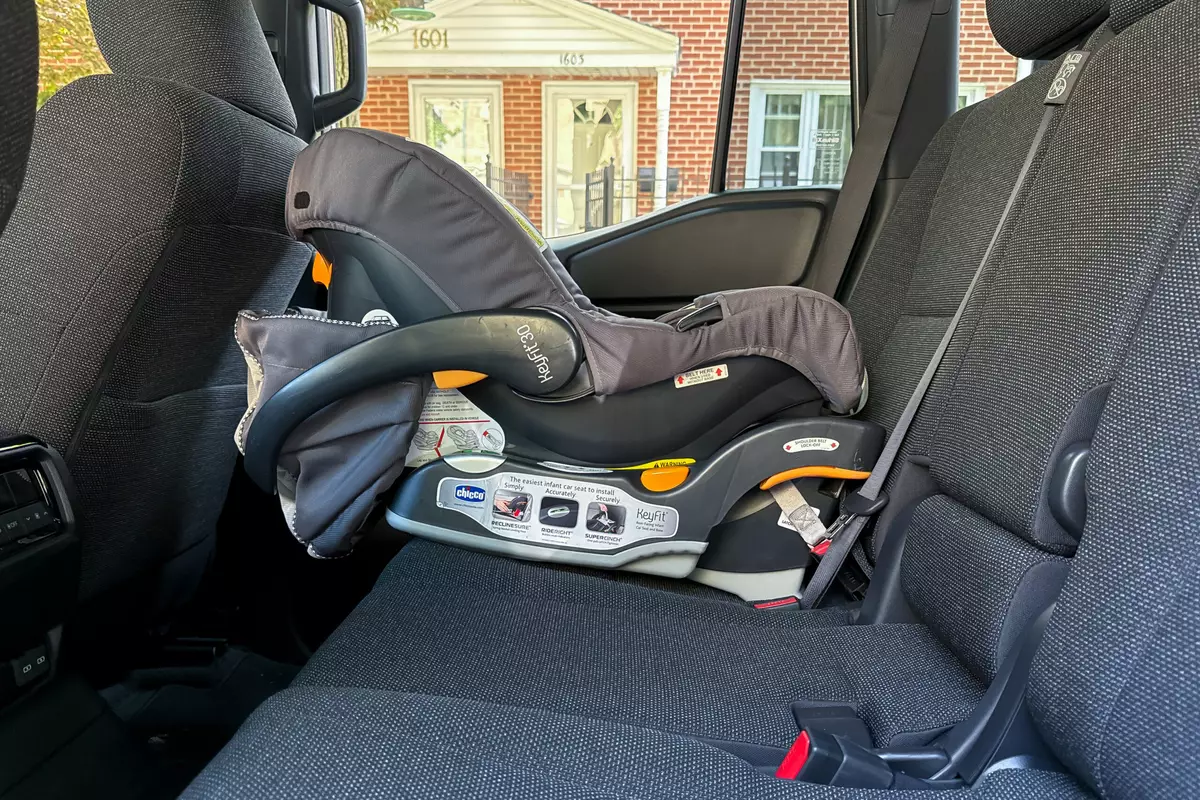washingtonpost.com's view
I’ve heard from many “auto enthusiasts.” Mostly what I’ve heard were complaints about a column I wrote (June 16) on the 35th Anniversary Edition of the Chevrolet Camaro SS convertible.
I said in the column that the Camaro and its practically identical siblings, the Pontiac Firebird and its various iterations, should be put to death — which is what General Motors Corp. is doing at the end of the 2002 model year.
The column displeased many “auto enthusiasts,” most of whom described themselves as different from and superior to ordinary, everyday car buyers.
“No self-respecting auto enthusiast would have written a stupid column like that,” one of the detractors wrote.
Baloney.
To me, an “auto enthusiast” is anyone who reaches into his or her own pocket to buy a car a truck. Spending your own money requires commitment. You don’t deliberately buy something you hate. You enthusiastically, passionately try to buy something you love. The Camaro and Firebird are dying because not enough buyers cared enough about them to keep them alive.
Just the opposite is true for the once-lowly Hyundai Tiburon — the 2003 GT V6 version of which is the test car for this week’s column. When introduced in 1997, the Tiburon was little more than an economy car with sporty pretensions. Yet, it was priced correctly. It was reasonably well built, and its swooping, drop-nosed design was catchy enough to catch many first-time car buyers.
Tiburon sales, as have those of nearly all Hyundai vehicles, have risen steadily in the United States over the past five years.
What’s happening? My theory is that Hyundai is doing a better job of appealing to regular buyers than GM is doing of appealing to “enthusiasts.” Another theory, which I support strongly, is that the regular buyers — those ordinary folk who supposedly don’t know or care about cars as much as “enthusiasts” — are the people who really control what is happening in the U.S. and global auto markets.
What do TRBs (The Regular Buyers) want? It’s simple. They want affordable, attractive, entertaining yet practical, reasonably safe, high-quality cars and trucks. Increasingly, as shown by its consistently rising sales numbers, Hyundai is finding a way to make those buyers happy. The 2003 Tiburon GT V6 is a case in point. It is a completely reworked, substantially improved version of its former self.
It has style, a body reminiscent of a Ferrari 456 GT. With a 2.7-liter, 186-horsepower V-6 engine, it has more than enough oomph to appeal to TRBs. It actually seats four adults, although the sunk-down rear seats should be reserved for small passengers. There are standard amenities aplenty, including air conditioning, power steering, tilt steering wheel, standard leather seat covers (in the GT V6 model), an excellent sound system and fog lights.
The Tiburon GT V6 also has a reasonable amount of safety, meaning that it is built and equipped well enough to protect its passengers from life-threatening injuries in a 30-to-35-mph frontal crash against a vehicle of similar size, geometry and mass. Side-impact air bags are standard in the Tiburon GT V6, as are four-wheel disc brakes. Anti-lock brakes, which help to reduce wheel lock and skidding during panic stops, are optional. I wish Hyundai had made the anti-lock brakes standard.
I also wish that the company had found a way to take more weight out of the 2003 GT V6, which, at 3,023 pounds, is fatter than a little sports coupe ought to be. But, for a sports coupe costing around $20,000, the Tiburon GT V6 represents a solid, good deal. That means it should sell well in the U.S. auto market, where regular buyers rule and where the “enthusiasts” are preparing to lay their Camaros and Firebirds to rest.
Latest news

10 Biggest News Stories of the Week: Jeep Wrangler Rides on Audi E-Tron GT, Chrysler Pacifica Hybrid


